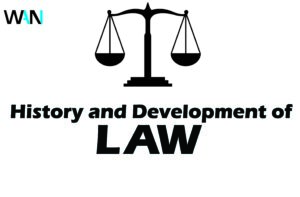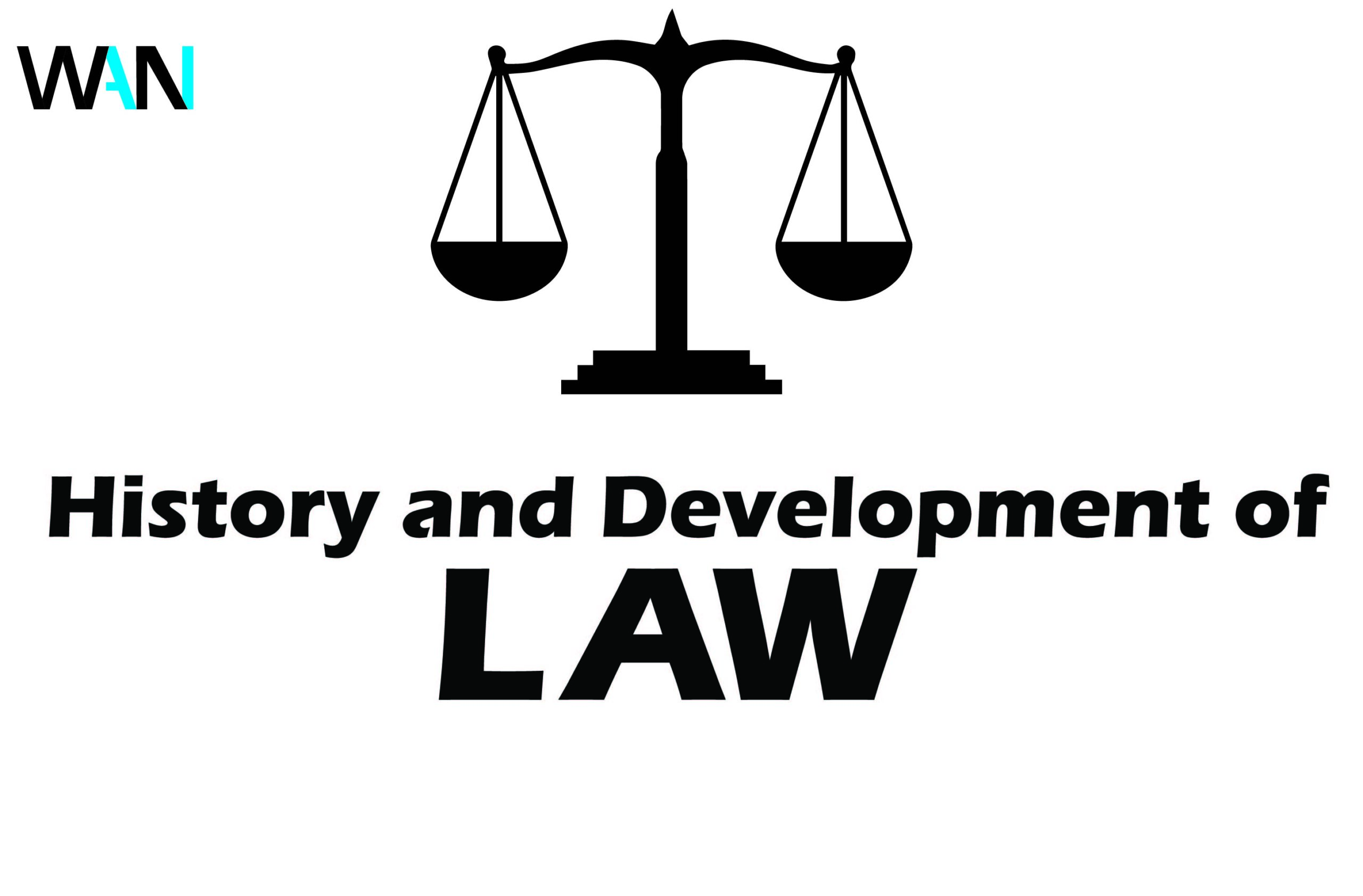 Introduction to the History and Development of Law
Introduction to the History and Development of Law
The history and development of law is a fascinating journey that reflects humanity’s quest for order, justice, and fairness in society. From ancient civilizations to modern nations, laws have evolved to address the needs of their time, shaping how people live, interact, and govern themselves.
This article explores key milestones in the history and development of law, beginning with the Code of Hammurabi, one of the earliest written legal codes, and moving through influential documents like the Magna Carta, which laid the groundwork for modern constitutional law.
It also delves into religious legal systems, such as the Mosaic Law and the teachings of the Holy Quran, which have profoundly influenced moral and civil conduct. By examining these pivotal moments, we gain a deeper understanding of how laws have shaped societies and continue to guide us today.
-
Code of Hammurabi
The history and development of law can be traced back to the Code of Hammurabi, one of the oldest known written legal codes, created around 1772 B.C. by King Hammurabi of Babylon.
This code consisted of 282 laws that addressed various aspects of daily life, such as trade, property, marriage, and even medical practices. Carved on a large stone pillar, it emphasized fairness and order, with principles like “an eye for an eye” ensuring proportional justice. However, punishments often varied based on social status.
The Code of Hammurabi marked a significant milestone in the history and development of law, as it was one of the first attempts to create a standardized set of rules to govern a society, laying the foundation for future legal systems.
-
The Magna Carta
The history and development of law took a major leap forward with the signing of the Magna Carta in 1215. This document was created by English nobles to limit the power of King John and protect their rights and property.
It introduced the groundbreaking idea that even the king was not above the law and established principles like fair trials and protection against unjust punishment. Although initially intended to address the concerns of the nobles, the Magna Carta later became a symbol of freedom and justice for all.
Its influence extended to the American Revolution, where it inspired colonists to fight for independence from England. The Magna Carta remains a cornerstone in the history and development of law, shaping modern constitutional law and human rights.
-
Mosaic Law
The history and development of law also includes religious legal systems, such as the Mosaic Law, believed to have been given by God to the Israelites through Moses around 1240 B.C.
This law, centered on the Ten Commandments, provided moral and religious guidelines, such as “Do not steal” and “Do not kill.” Written on two stone tablets and later expanded in the Torah, Mosaic Law covered not only moral behavior but also religious rituals, dietary restrictions, and social justice. It played a pivotal role in shaping Jewish religious practices and influenced Christian and Islamic teachings. The Mosaic Law is a key chapter in the history and development of law, highlighting the integration of morality and governance
-
The Bible as Law
The history and development of law is deeply intertwined with religious texts, particularly the Bible, which serves as a comprehensive guide to moral, religious, and civil conduct.
It includes teachings on righteous living, such as loving your neighbor and avoiding dishonesty, as well as guidelines for worship, like observing the Sabbath. The Bible also provides principles for creating a just society, such as caring for the poor and ensuring fair treatment for all.
Throughout history, the Bible has been a foundational source for legal systems in many Christian-majority societies, influencing laws related to family, property, and justice. Its role in the history and development of law underscores the connection between faith and governance.
-
Life of the Holy Prophet (P.B.U.H)
The history and development of law also encompasses the contributions of Prophet Muhammad (Peace Be Upon Him) and the teachings of the Holy Quran. Muslims believe the Quran is the literal word of God, providing guidance on all aspects of life, including worship, morality, and law.
One of the Prophet’s most significant achievements was the creation of the Misaq e Medina, the first written constitution, which established rules for a peaceful and cooperative society in Medina. This constitution ensured the rights of Muslims, Jews, and other groups living together.
The Prophet’s actions and teachings, known as the Sunnah, became the basis for Islamic law (Sharia), covering areas like family, business, and crime. His legacy is a vital part of the history and development of law, demonstrating how religious principles can shape legal systems.
Summary
The history and development of law is a fascinating journey that spans ancient legal codes like Hammurabi’s, religious laws such as the Mosaic Law and the Quran, and groundbreaking documents like the Magna Carta.
Each of these systems reflects humanity’s ongoing effort to create order, justice, and fairness in society. From the earliest written laws to modern constitutional principles, the history and development of law shows how legal systems have evolved to address the needs of their time, leaving a lasting impact on the world.

